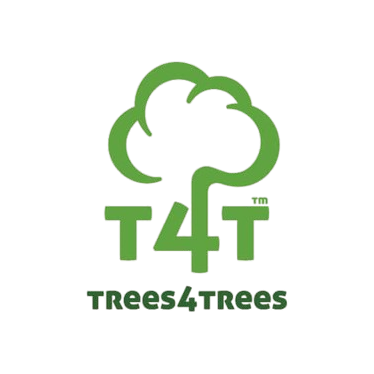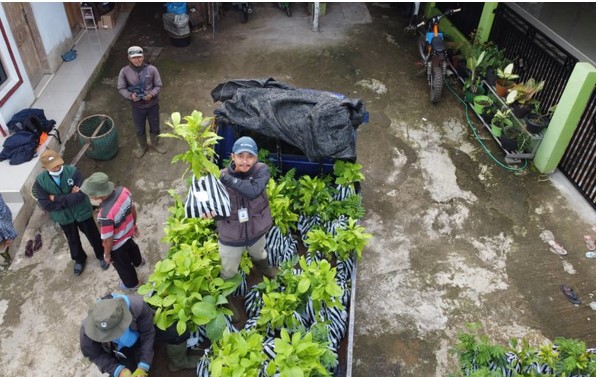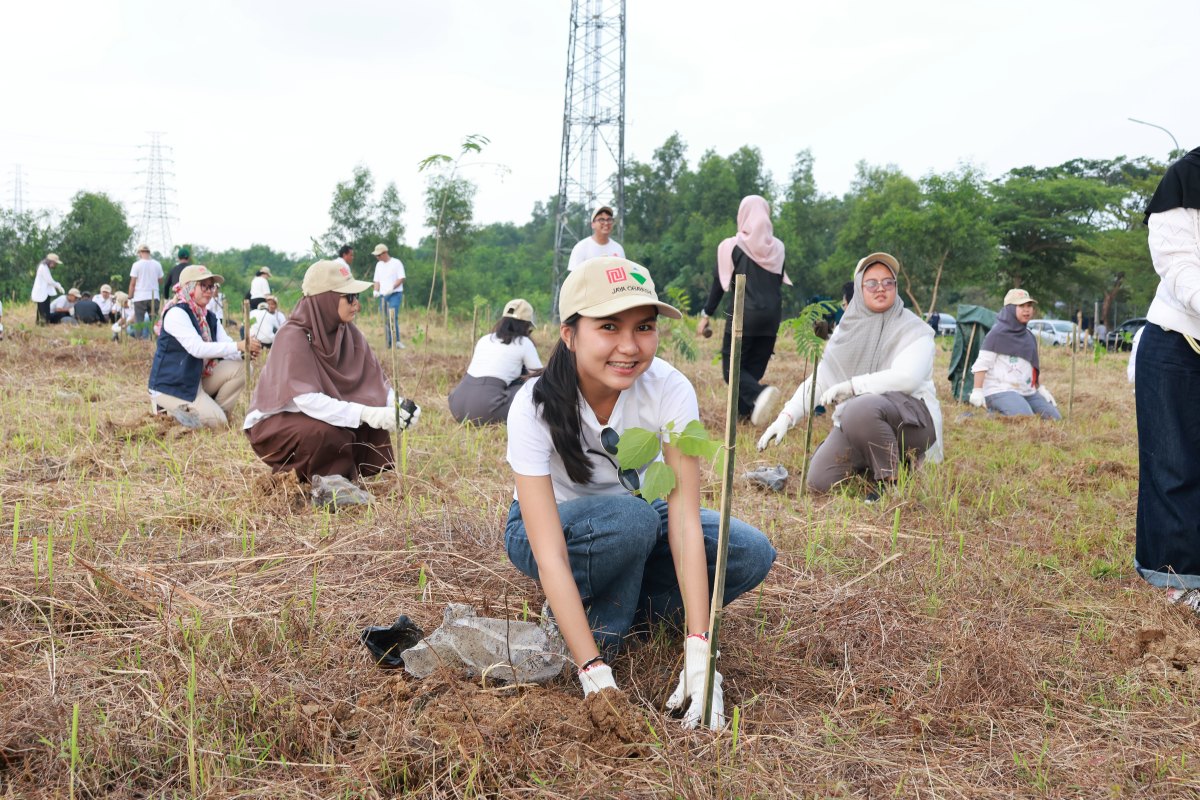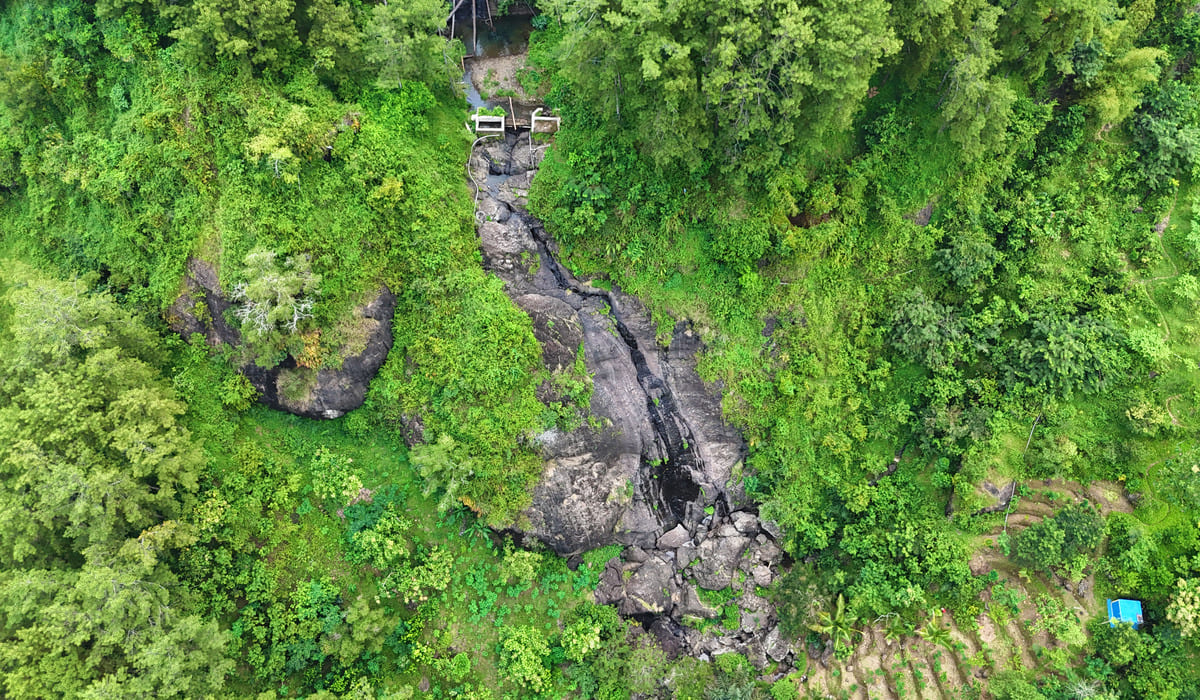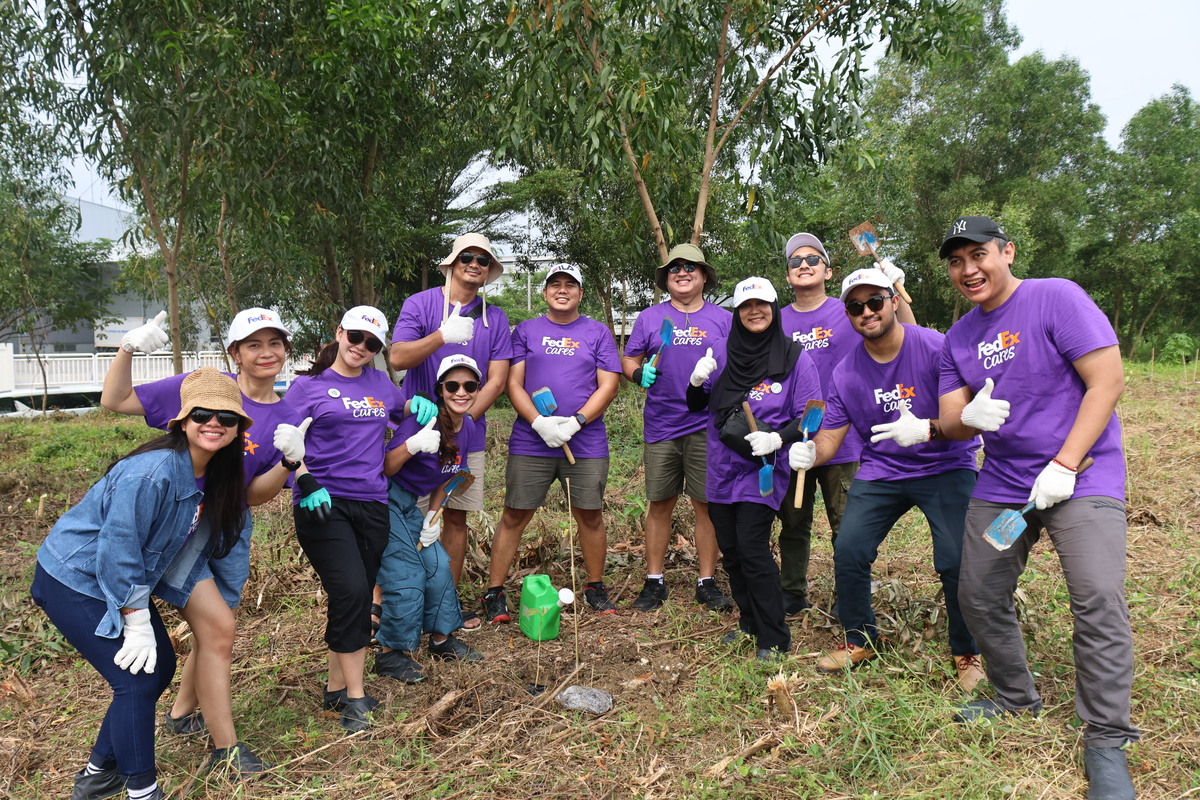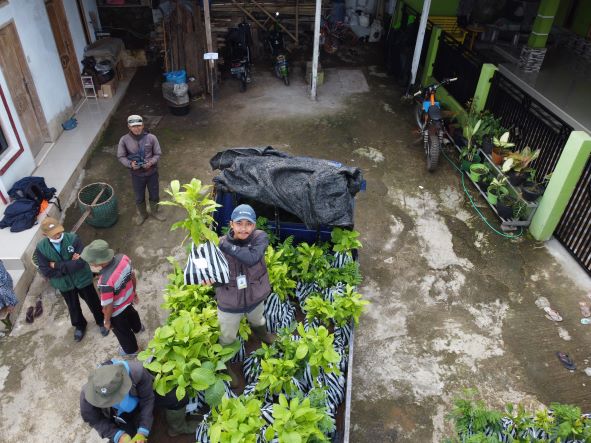
Putting Down Roots–Since November, Trees4Trees 2022 has been hard at work as part of the annual planting season. The distribution of seedlings officially kicked off on November 24, 2022, and will continue through February 2023; a range of activities are currently underway, including community engagement, farmer mentoring, and monitoring of results. As of middle December 2022, a total of 1.2 million tree seedlings have been distributed to various locations in Central and West Java by Trees4Trees; by the end of the season, this number is expected to reach 3.5 million.
Responding to the Needs of Local Communities
During the current planting season, Trees4Trees aims to plant 31 different types of tree seedling in a total of more than 16,000 sites. These locations will include a combination of farmers’ fields and public facilities, along with critical wildlife areas such as riverbanks, the outskirts of villages, and around natural springs. The involvement of local people is seen as crucial to the success of this program.
“In the tree-planting process, Trees4Trees always listens and sees the local communities’, especially farmers’ as partners,” explained Tomi Bustomi, Trees4Trees’ West Java Regional Manager. Tomi and his team have tailored the program to the needs of farmers and the unique environmental conditions in each area. “Through the program, we bring real benefits to local communities and help to renew the environment,” he added.
Read also: Encouraging Organic Farming Through a Training of Trainers
Among the many tree species requested so far by farmers, jabon, sengon, and eucalyptus have proven to be the most popular. Meanwhile, arabica coffee is the most requested multi-purpose plant species, due to coffee being one of Indonesia’s top commodity products, especially in West Java. As a result of the Trees4Trees initiative, farmers in the region will be able to plant new seedlings and get a great benefit from their coffee crops.
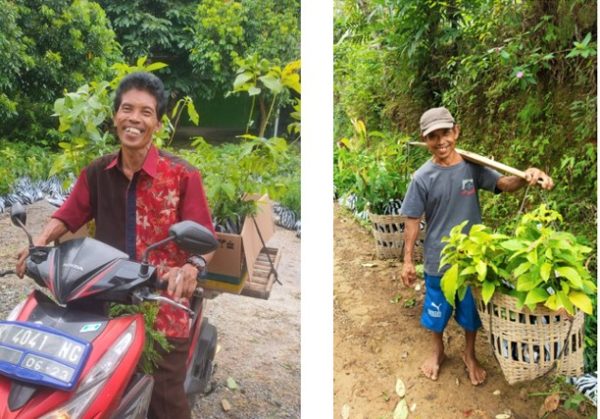
In Kebumen, Central Java, the seedlings most commonly requested are kaliandra and indigofera. Both plants can used as fodder, while also improving the conditions of dry soil. Several types of plants, like aren and gayam, help to replenish natural springs and can be distributed in arid areas that are vulnerable to water shortages.
Branching Out into New Planting Areas
This year, Trees4Trees is expanding its reach to include new tree-planting areas. In West Java, the Citarum watershed rehabilitation planting zone has been expanded to include three areas around the Ciminyak river and Citarik river sub-watershed regions; both of which are tributaries to the Citarum river. The two new planting sites contain a large number of critically degraded areas, as well as land prone to landslides and drought.
Meanwhile, in Central Java, the existing mangrove planting area has been successfully broadened to incorporate several villages along the shores of Pati district; a total of 43,500 mangrove seedlings have also been successfully planted around the coastal villages of Kalikalong, Bakalan, and Alasdowo. This program of mangrove planting activities will be expanded to include around six more villages, where new growth will help prevent coastal erosion on the north coast of Java and protect fishponds owned by locals.
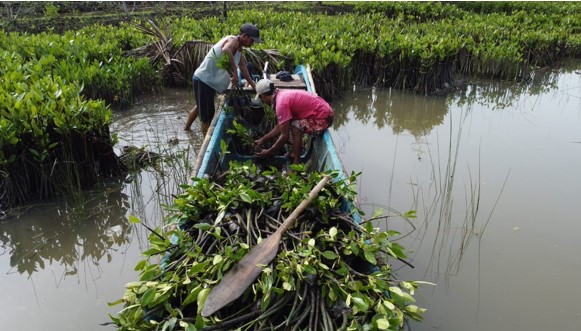
A series of mangrove planting activities have also been extended to the other side of Central Java, specifically in the village of Ujunggalang in Kampung Laut District, Cilacap. Here, a total of 3,500 mangrove trees were recently planted in a 1-hectare area, with more trees expected to be planted soon. The main aim here is to prevent coastal erosion and restore the original mangrove forests.
Read also: The Incredible Benefit of Mangrove Ecosystem
Utilizing Modern Technology
As part of Trees4Trees’ commitment to transparency and our responsibility to our sponsors and partners, we use web-based GEKO (Green Earth Kontrol Organizer) technology1 and mobile application to log and monitor our tree planting activities. This includes farmer and land data collection, seedling distribution, planting, and monitoring of work flows.
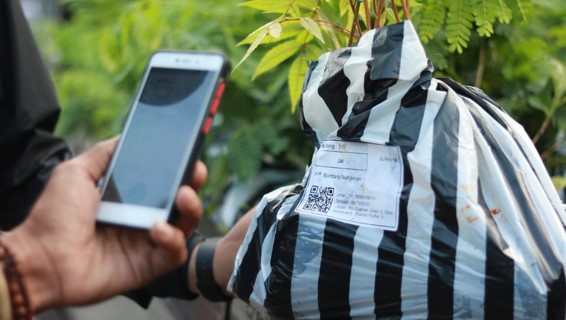
“Through this application, Trees4Trees is ensuring that data from tree planting process can be recorded properly and in a structured way,” said Bayu, who is Trees4Trees’ IT Manager. His goal is to facilitate improved team performance in the field, while also communicating reliable and instructive data to sponsors as part of an ongoing process of digitalization and transparency. As he explains, “in the future Trees4Trees will be an organization that is increasingly trusted by all parties in environmental conservation activities through planting trees.”
As part of this process, in 2022 Trees4Trees expanded the functionality of the GEKO app to include farmer training, seedling distribution control, division of workload for each nursery, and the delivery of organically raised seedlings and organic fertilizers to farmers.
Green Impacts, Rooted in Local Communities
Throughout the 2022 planting season, Trees4Trees is striving to achieve lasting green impacts and support environmental renewal on a broader scale. To achieve sustainable results, we’re committed to engaging and involving local communities in all planting areas, while also communicating the results of these activities to our network of partners.
Whether making environmental improvements in the Citarum basin, tackling coastal erosion on the coasts of Central Java, securing the availability of spring water or providing seedlings to farmers, the planting season is already making a tangible difference. From coast to coast in Java, Trees4Trees is planting the seeds of a greener future in Indonesia.
Writer: V. Arnila Wulandani. Editor: Christopher Alexander
1The GEKO app is a tool for forestry planning and operational control, purpose-build and developed in-house by the Trees4Trees technology team. It is available in the Google Play Store, but currently only accessible for internal use.
